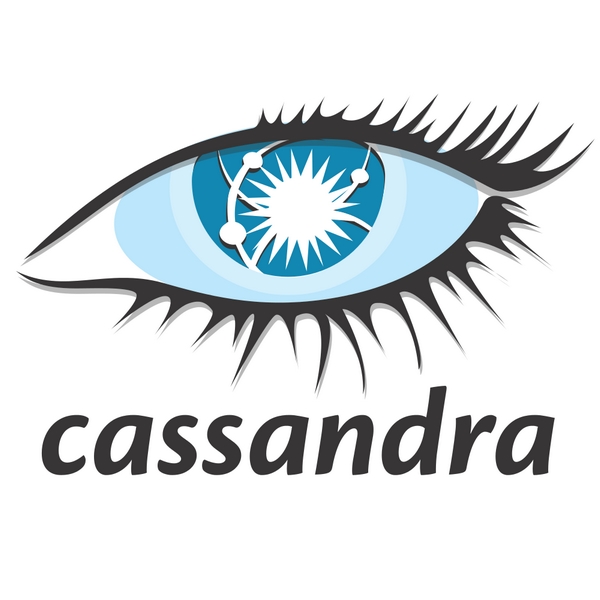
About Course
Apache Cassandra is an open source NoSQL distributed database trusted by thousands of companies for scalability and high availability without compromising performance. Linear scalability and proven fault-tolerance on commodity hardware or cloud infrastructure make it the perfect platform for mission-critical data.
1. What is Big Data
Technology Landscape
Big Data Relevance
Distributed Systems and Challenges
2. Why NoSQL Databases
Relational DB vs. NoSQL
Type of NoSQL Databases
NoSQL Landscape
CAP Theorem and Eventual Consistency
Key Characteristics of NoSQL Database systems
3. Cassandra Fundamentals & Architecture
Distributed and Decentralized
Elastic Scalability –1
High Availability and Fault Tolerance
Tuneable Consistency
Row-Oriented
Schema-Free
High Performance
Distributed Architecture
Node, Ring, Peer to Peer, Consistent Hashing, VNodes-2, Gossip, Snitch-3
Duplication and Consistency
Replication Factor, Consistency Level, Hinted Handoff-4, Read Repair
Internal Architecture
Write Path, Read Path, Compaction
4. The Cassandra Data Model
The Relational Data Model
A Simple Introduction
Partitions
Clustering Columns
Clusters
Keyspaces
Hands-on Session
5. Cassandra Modeling
Cassandra (Column Family NoSQL DB)
CQL
Key Concepts – Key Space – Column Family – Column Family Options – Wide Rows, Skinny Row – Column Sorting – Super Columns – Counter Column Family – Composite Keys and Columns – Time To Live –
Secondary Indexes in Cassandra
Difference between Custom Indexes and Secondary Indexes
